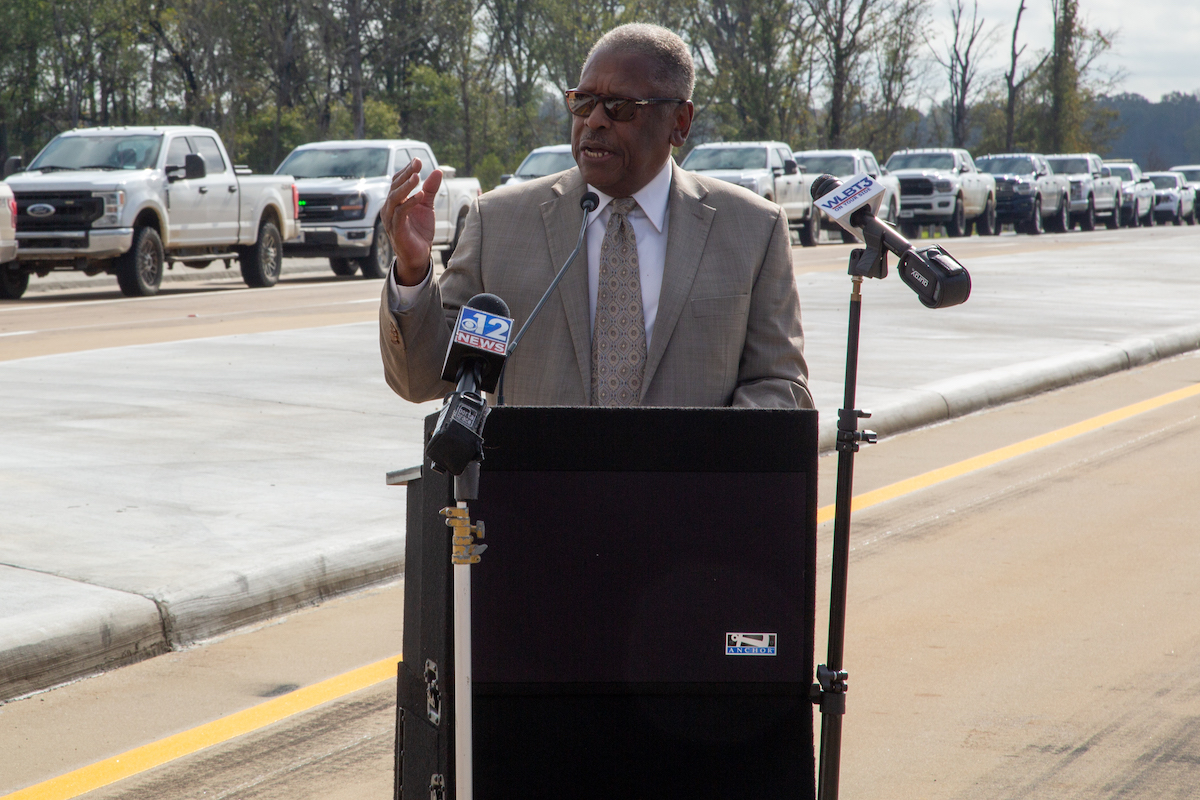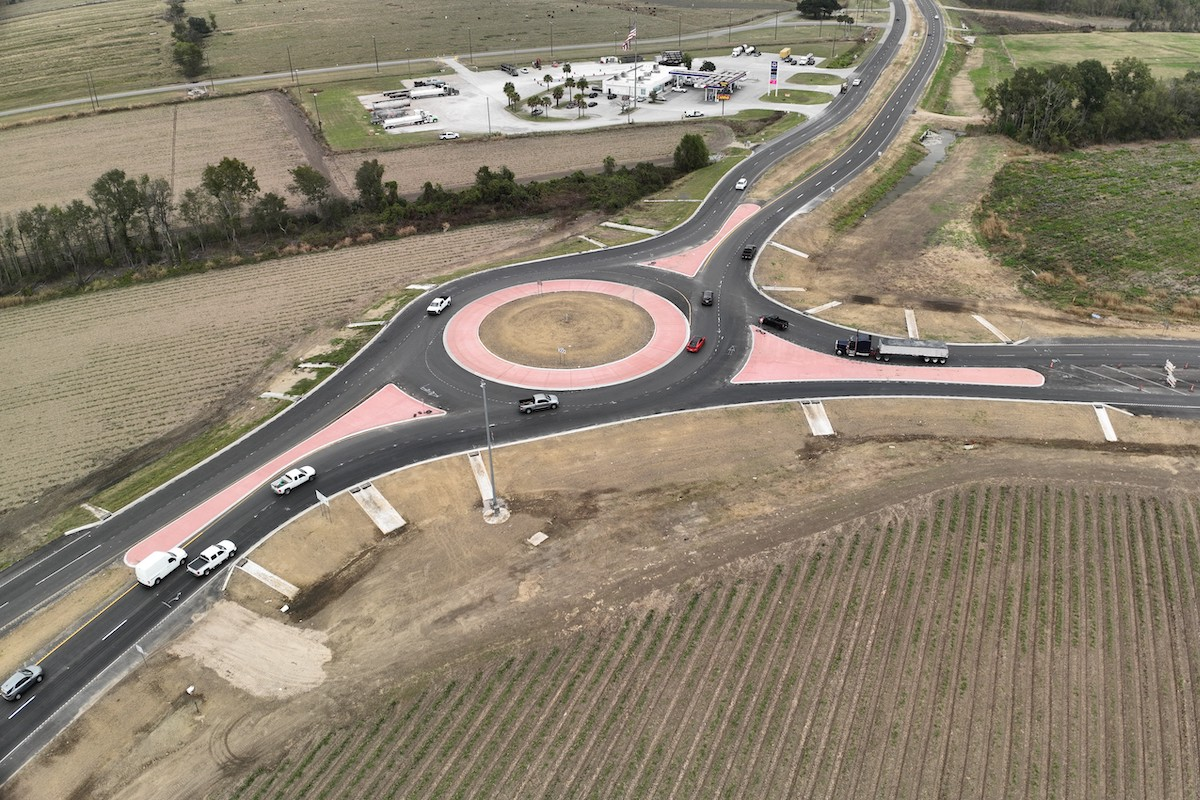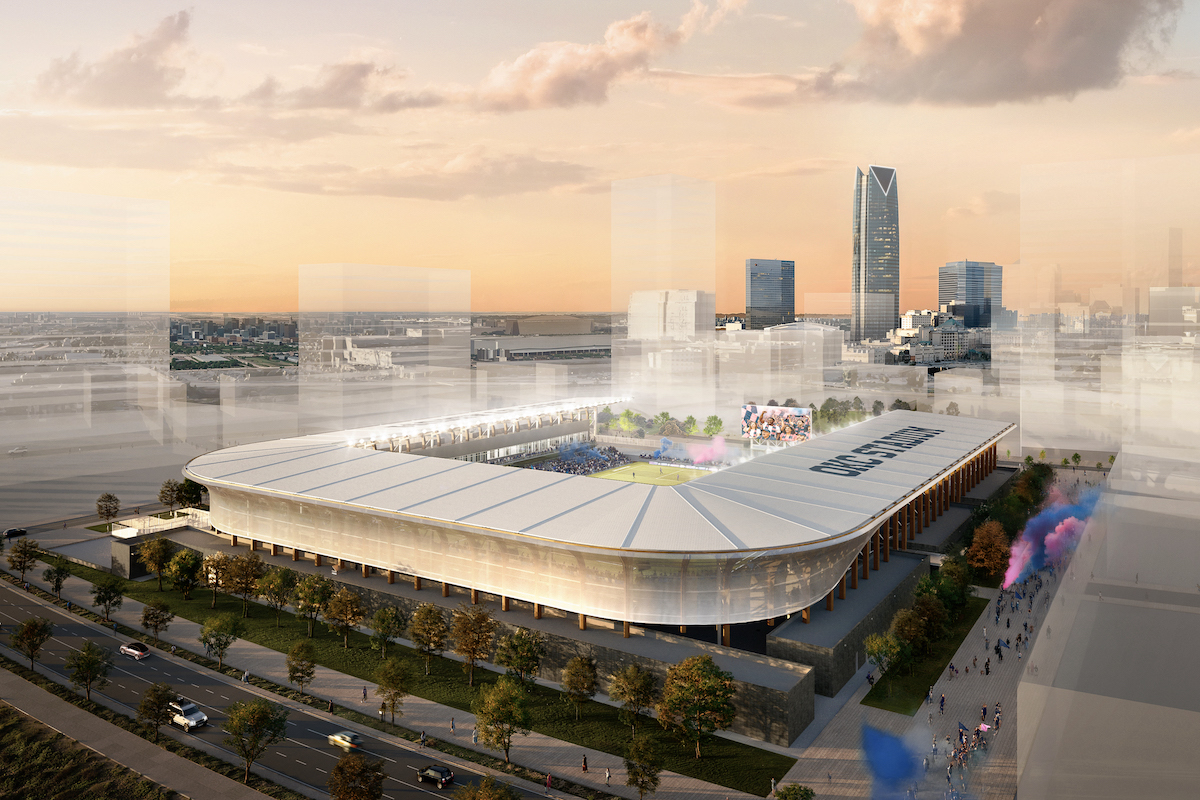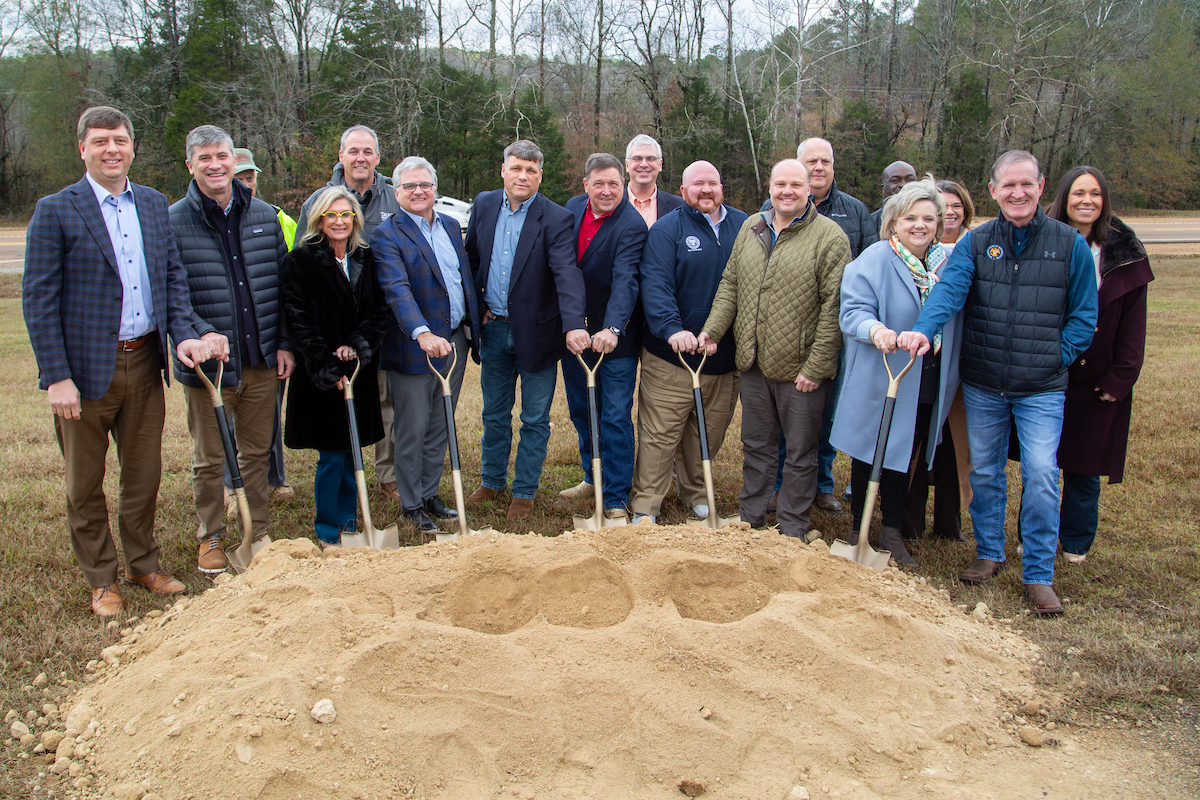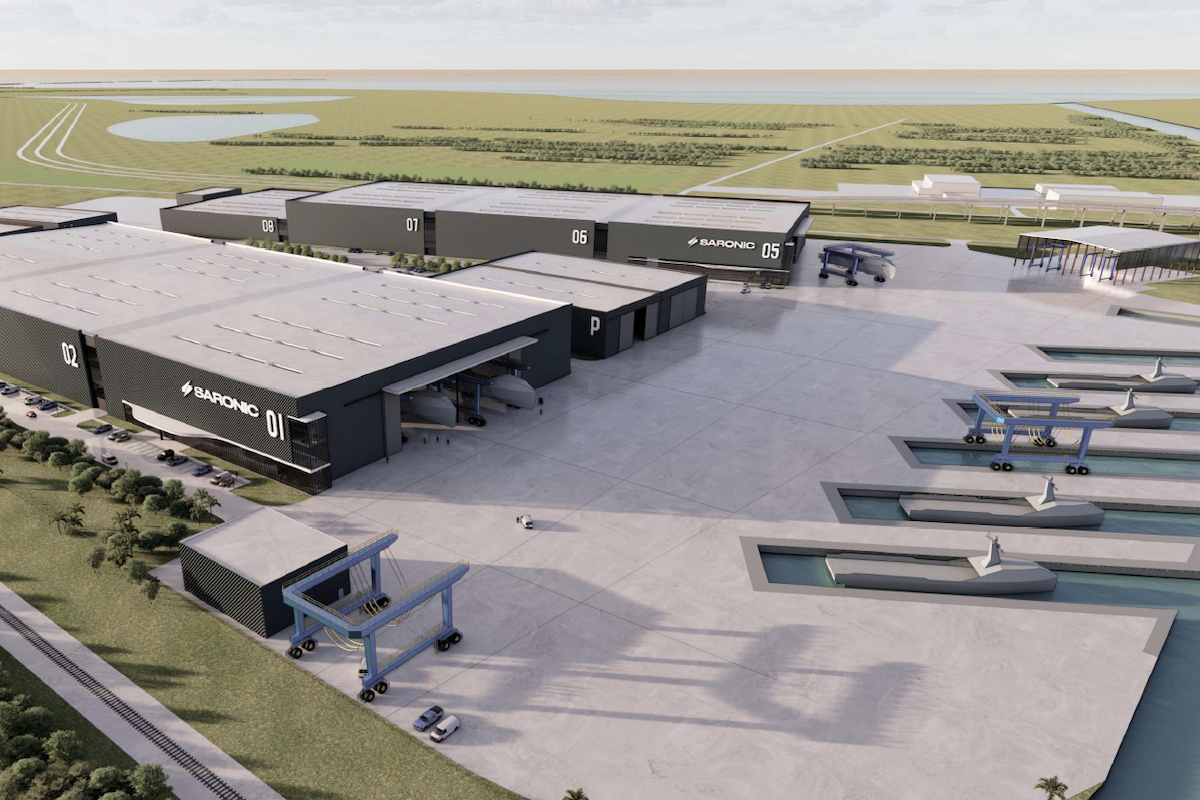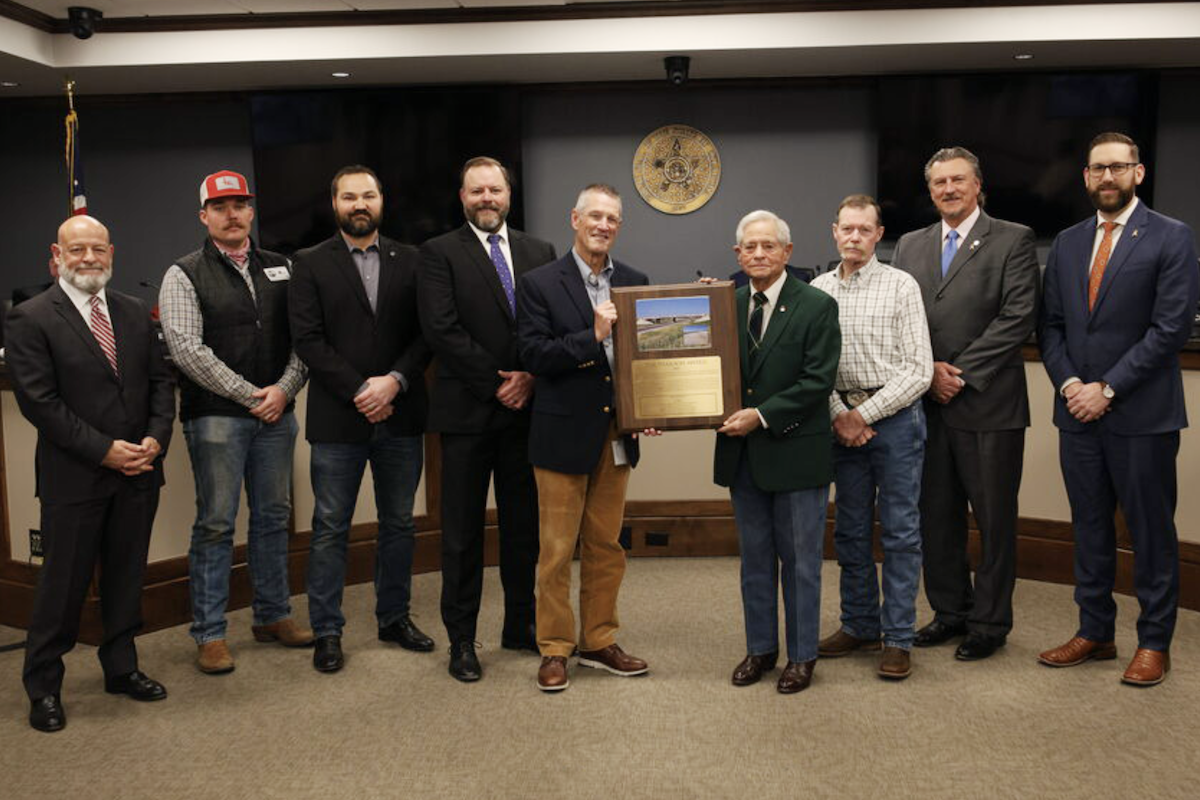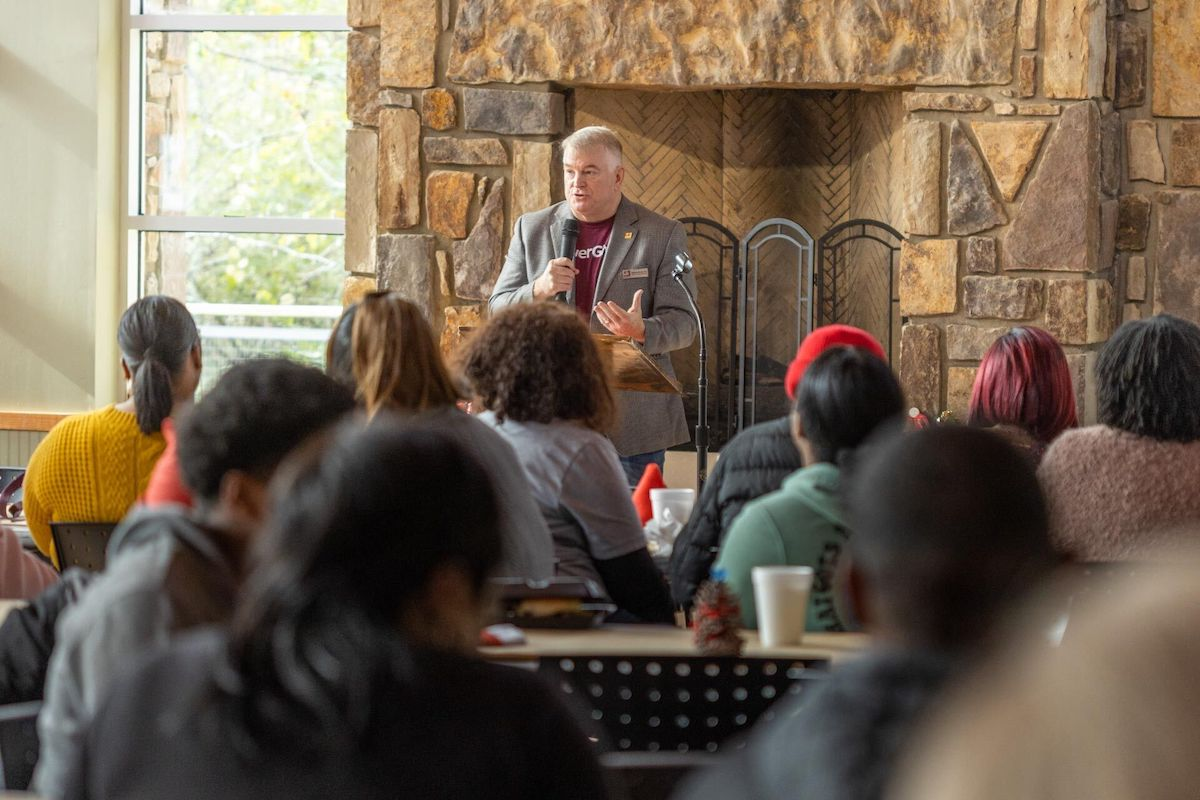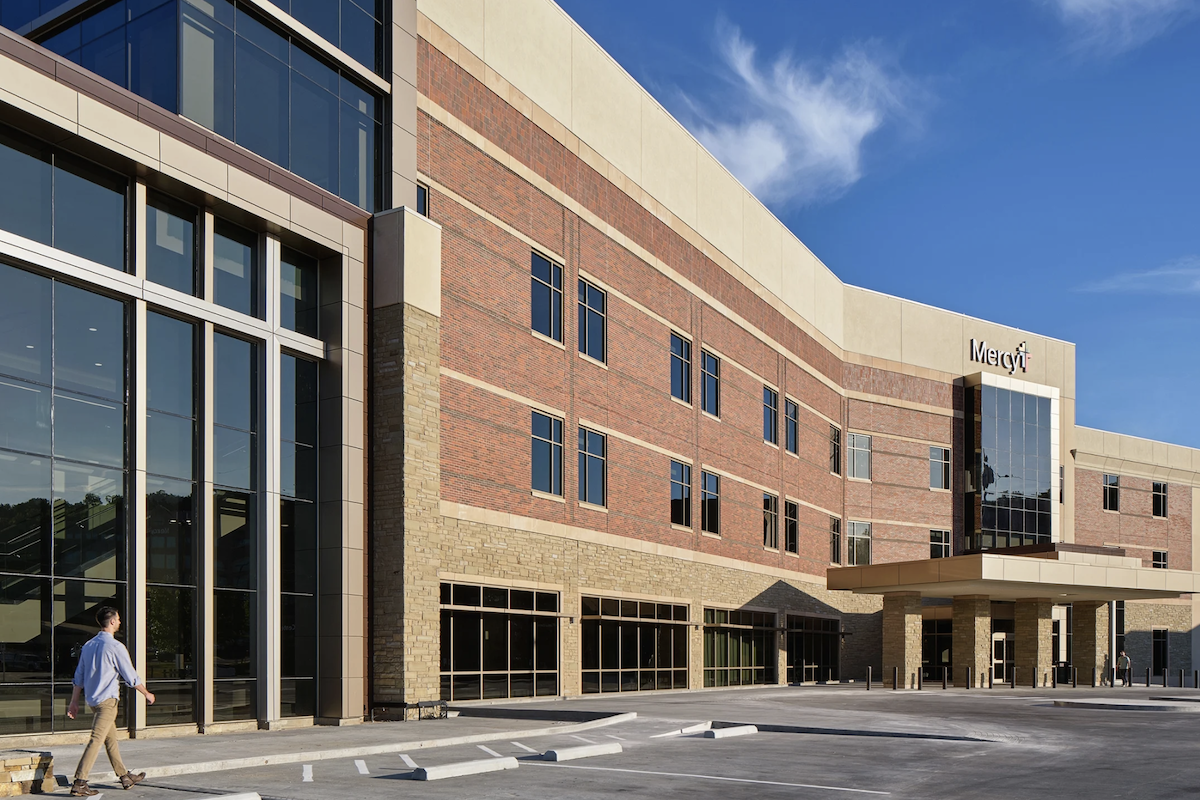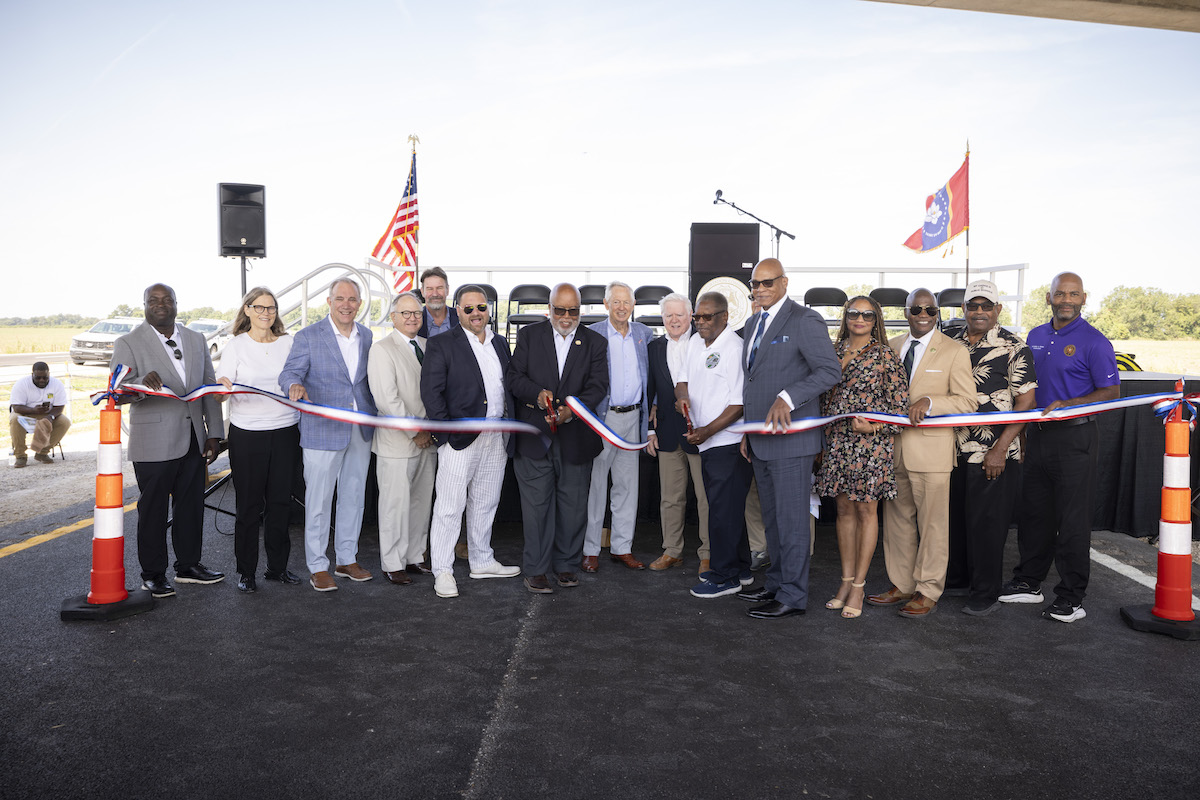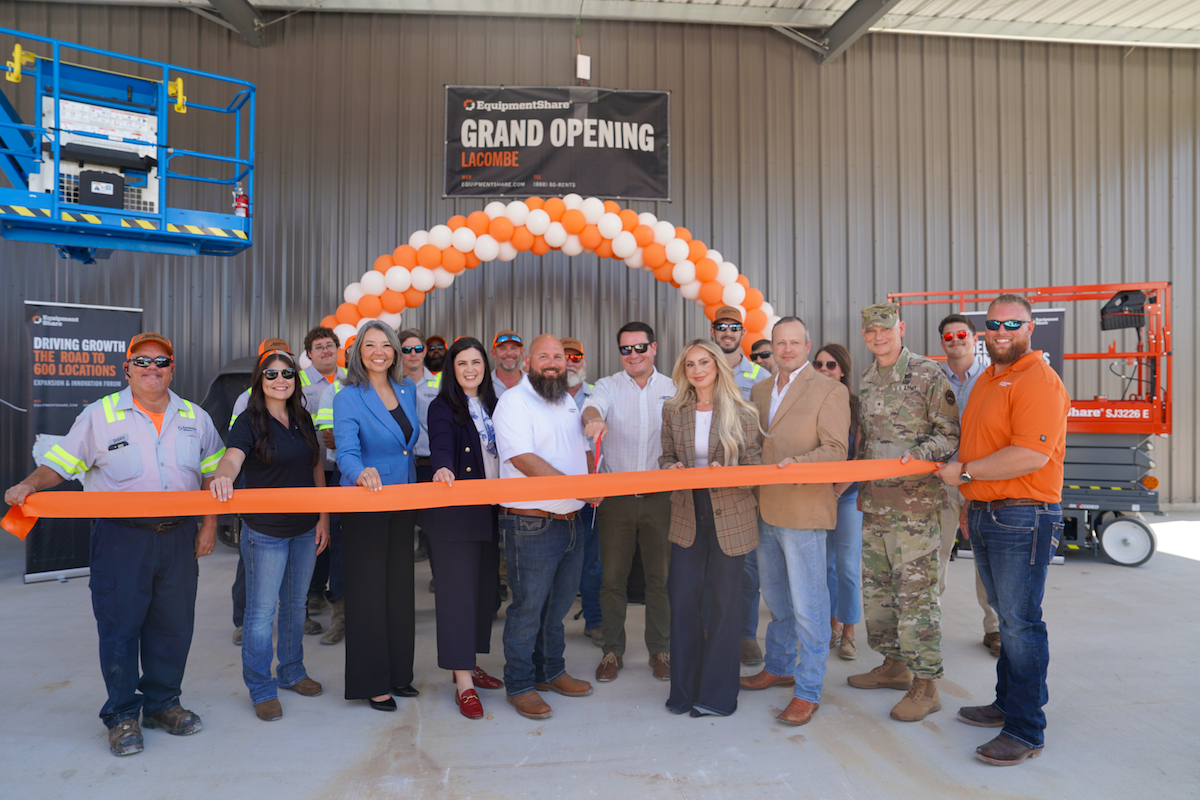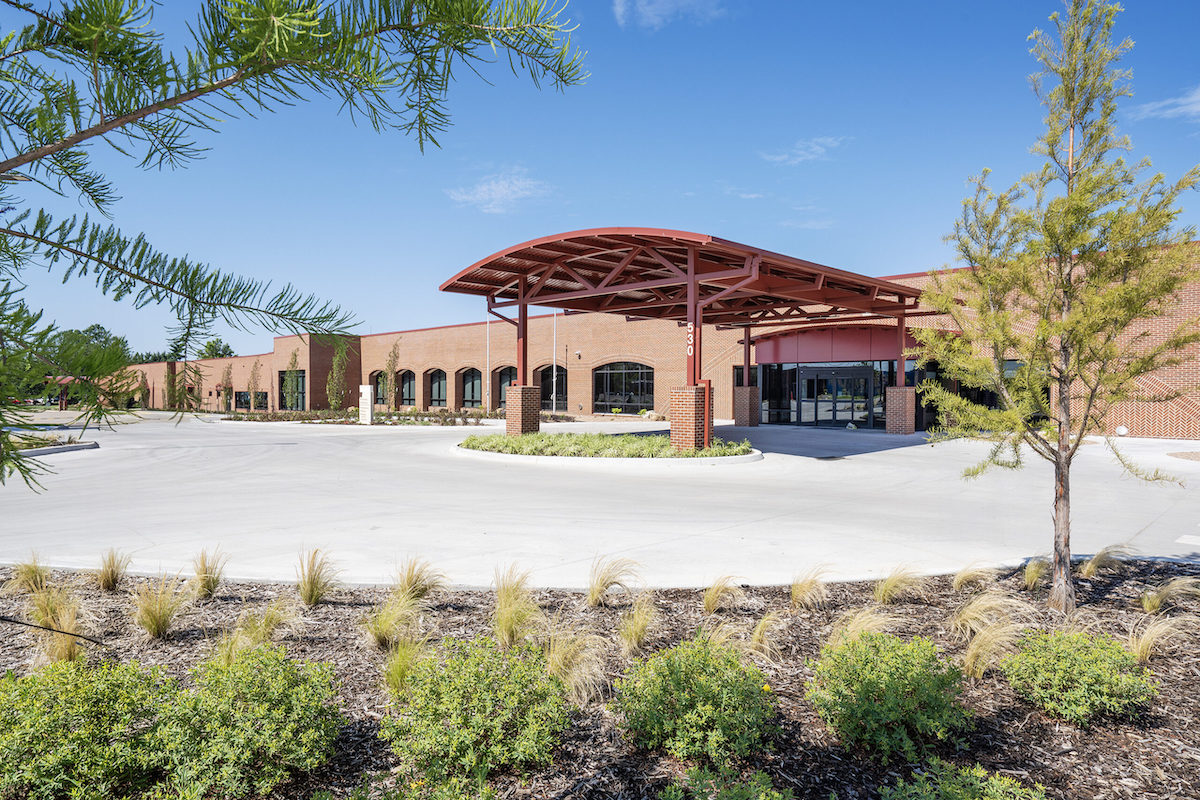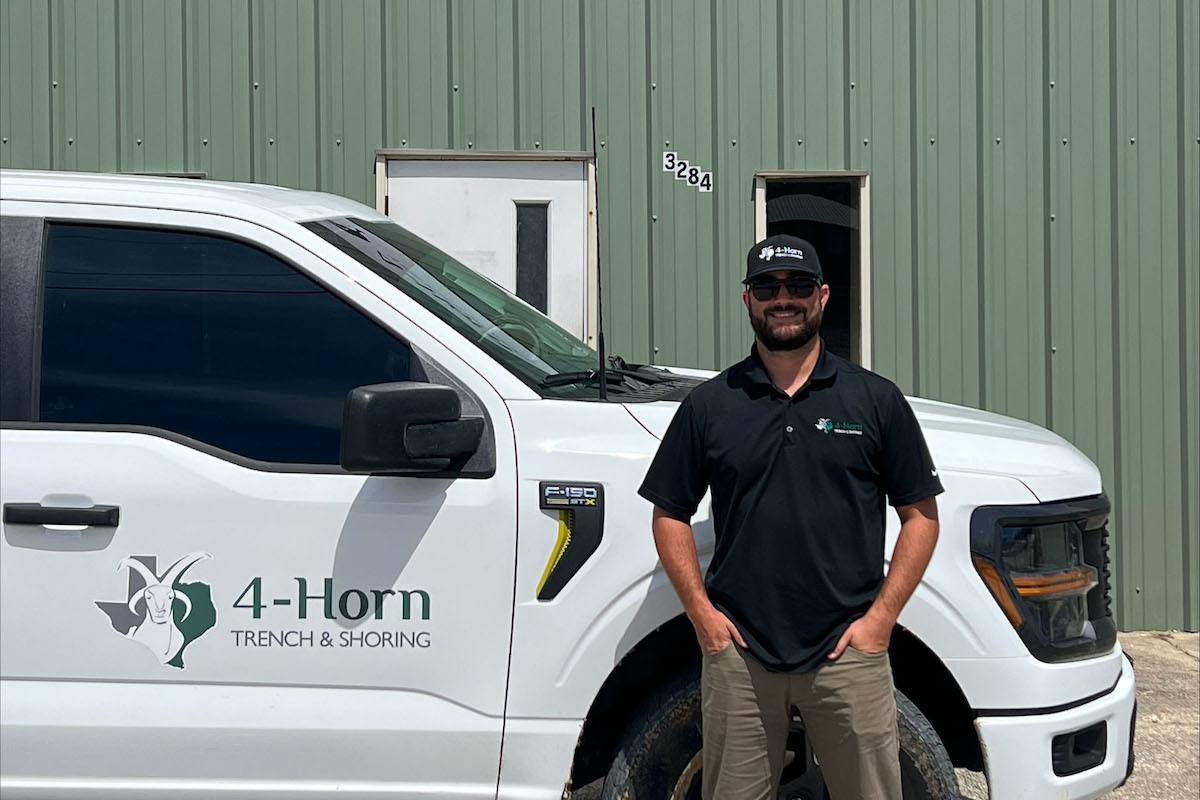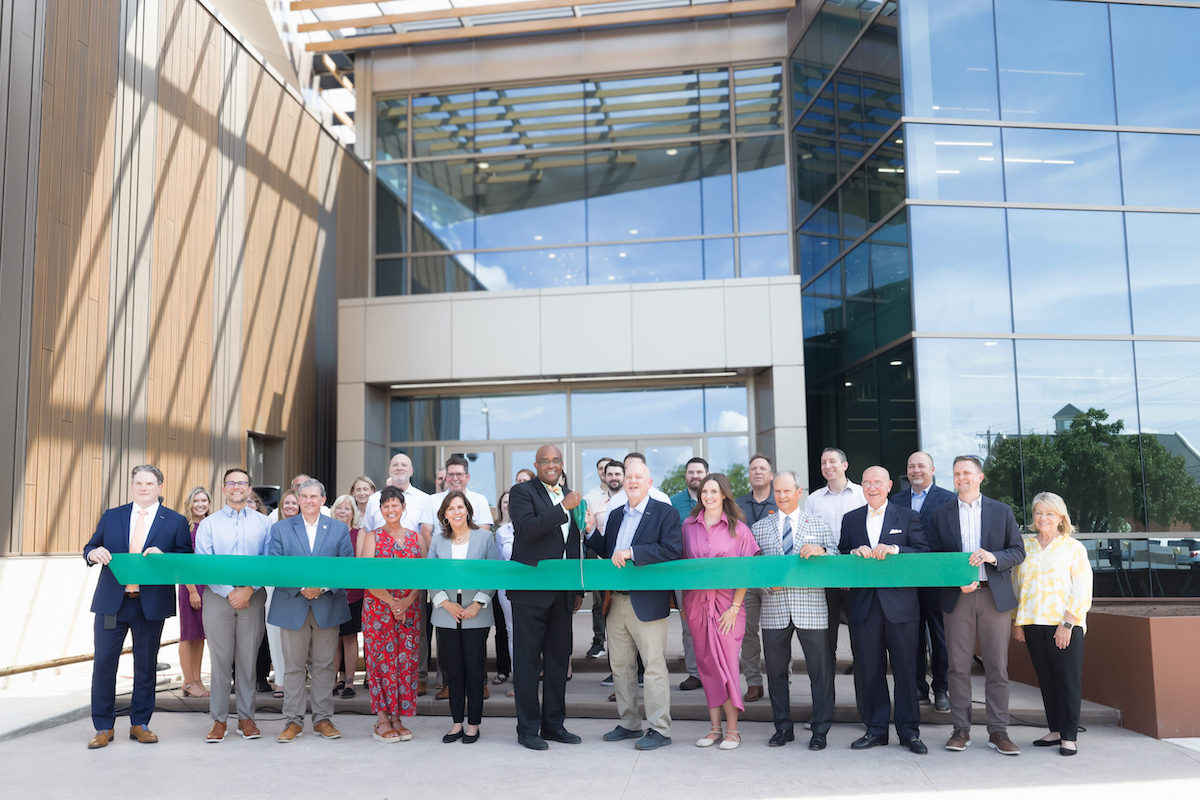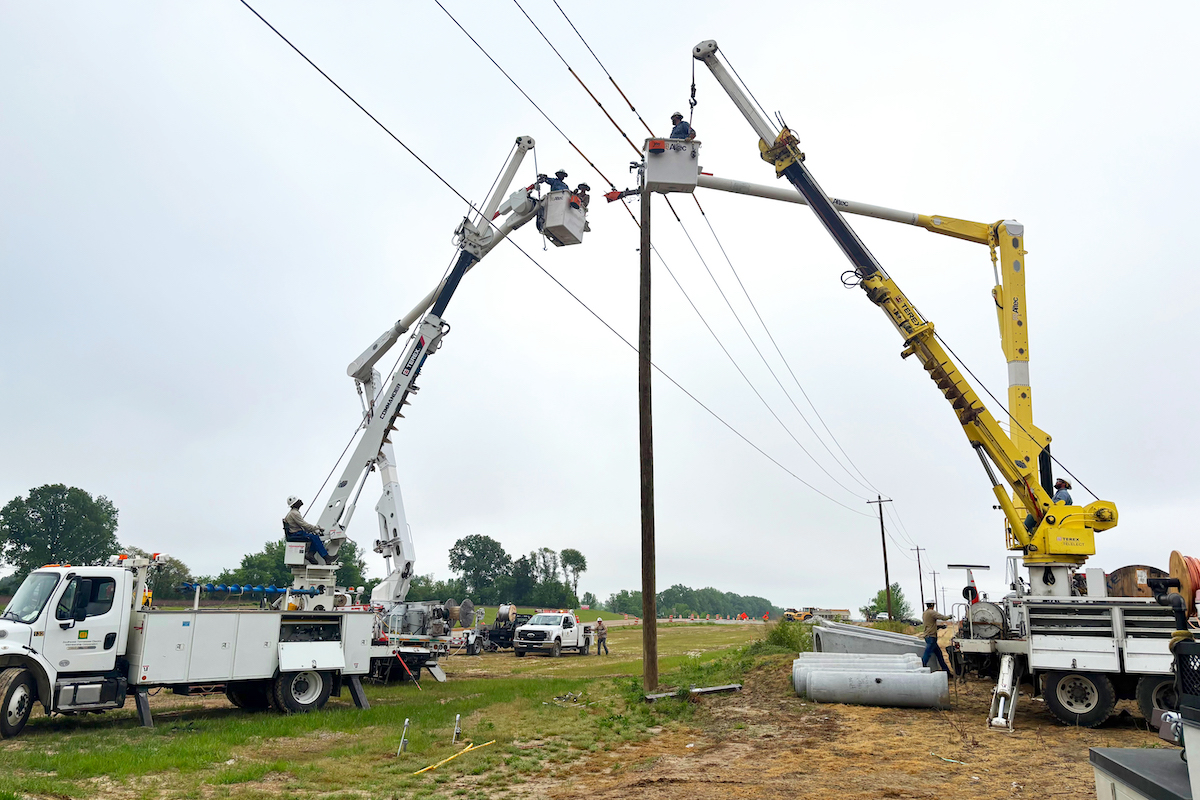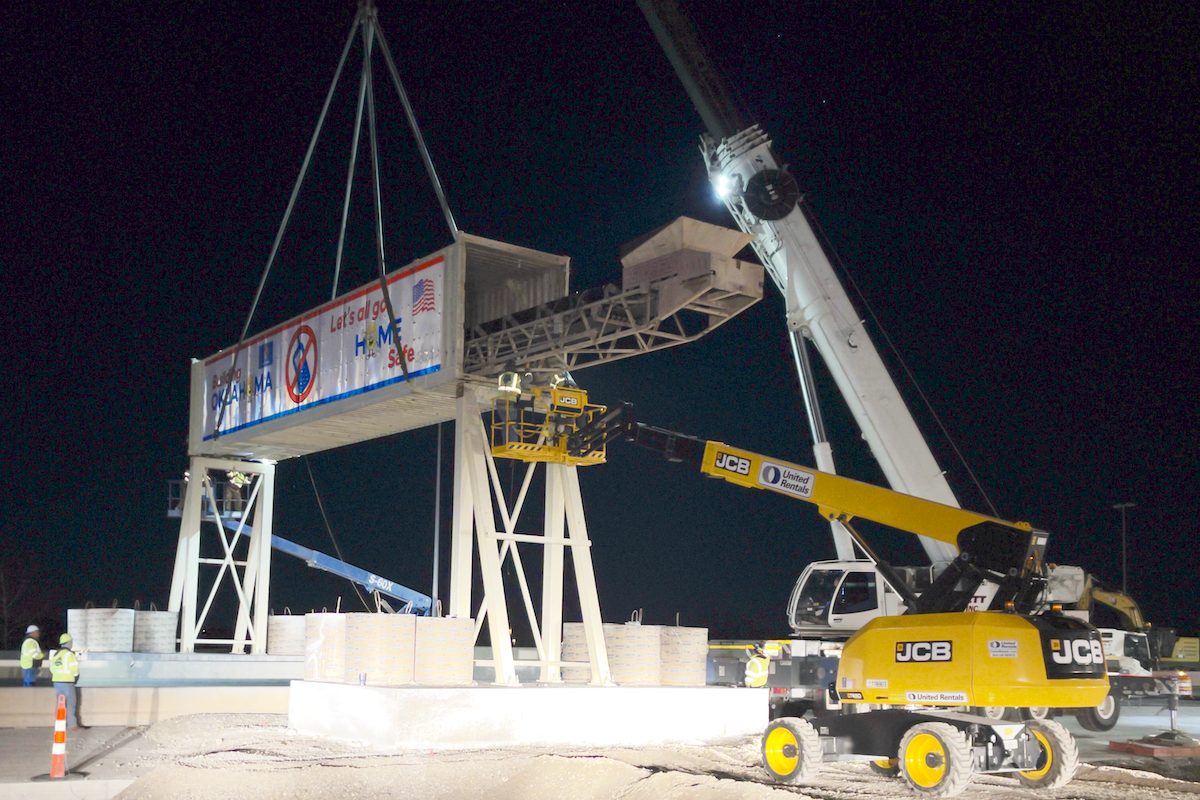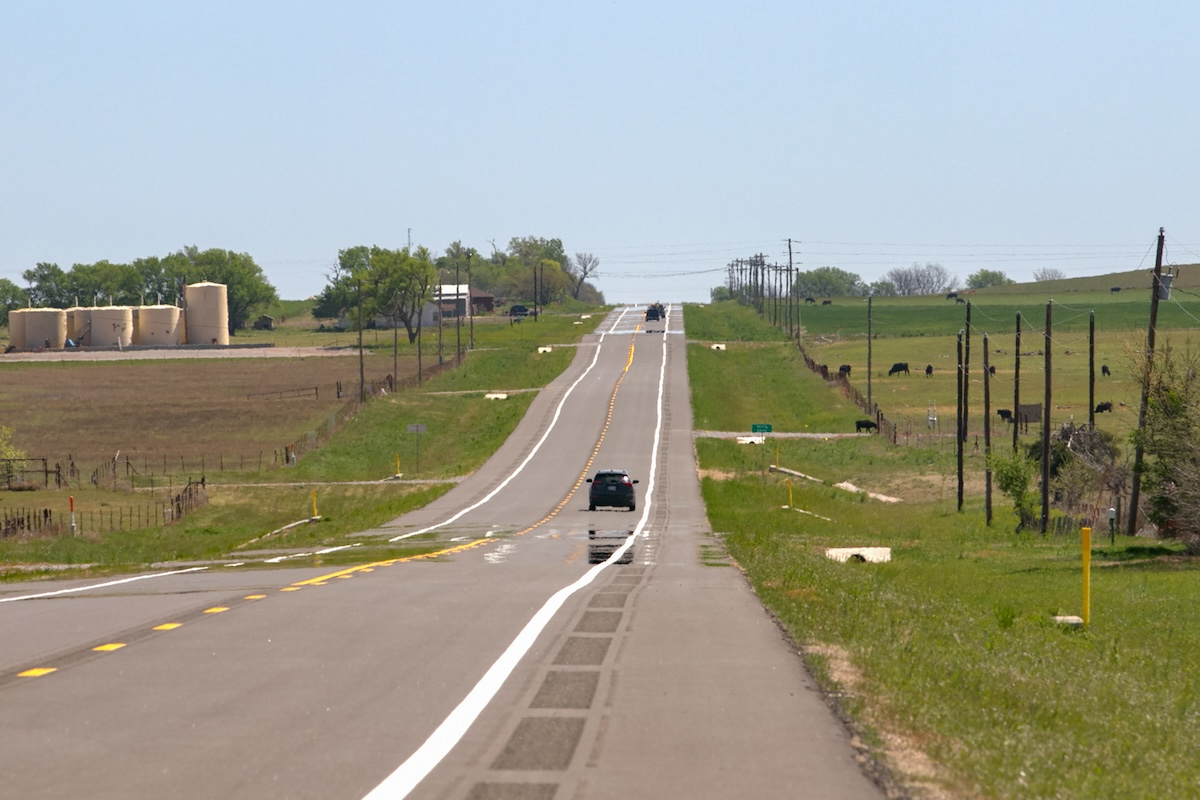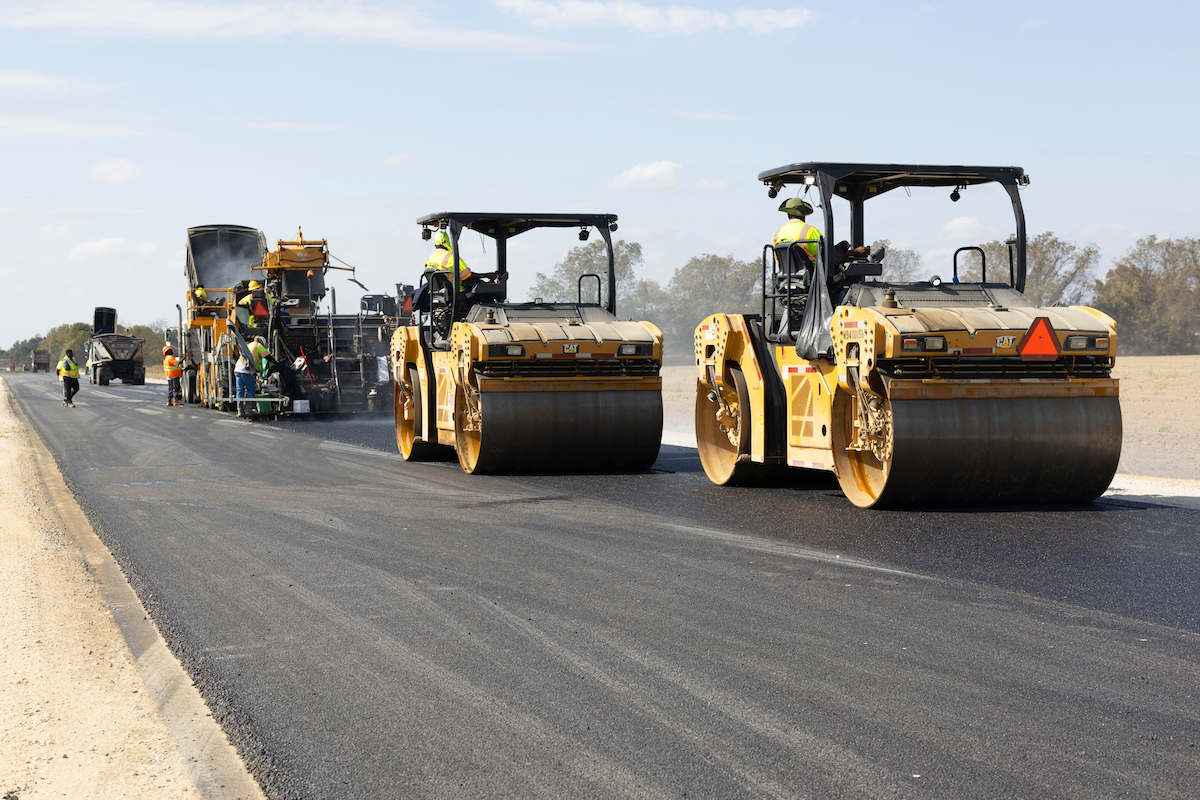According to the TRIP report, "Keeping Oklahoma Moving Forward: Providing a World Class Transportation System in the Sooner State," despite recent improvements in road and bridge conditions, current statewide transportation needs still outpace available funding. ODOT is able to address only 15 percent of needed pavement improvements in the current Eight-Year Construction Work Plan, which does not reflect additional deterioration over time that will require more investment in the future to keep from falling farther behind. More than 50 percent of the 9,500 miles of two-lane highways in the state lack sufficient shoulders. And, with the state’s traffic fatality rate one of the highest in the nation, ODOT’s current Eight-Year Construction Plan will only allow it to make improvements to 15 percent of the state’s two-lane highways that currently lack adequate shoulders.
ODOT has made significant progress in recent years in improving the condition of state-maintained roads, and expects to address more than 3,200 miles of pavement in poor or fair condition form 2021-2028. However, the pavement improvement projects planned by ODOT through 2028 will only allow the agency to address approximately 15 percent of pavement needs during this period. This does not take into account the amount of additional deterioration that is expected to occur during this period, further increasing future roadway preservation needs. According to TRIP, driving on rough roads costs motorists additional vehicle operating costs (VOC) including accelerated vehicle depreciation, additional vehicle repair costs, increased fuel consumption, and increased tire wear. TRIP estimates that additional VOC borne by Oklahoma motorists as a result of deteriorated road conditions is $987 million annually, an average of $394 per driver statewide.
“Recognizing the importance of transportation to business growth and recruitment, for years, the Greater OKC Chamber has advocated for necessary, adequate funding for transportation projects, including adequate funding streams to support ODOT’s Eight-Year Construction Work Plan, continued work on addressing structurally deficient bridges, and maintaining a nationally leading bridge improvement program, among other efforts,” said Roy Williams, President and CEO of the Greater OKC Chamber. “The Chamber also supports the research and development of sustainable and equitable funding alternatives in support of transportation infrastructure.”
ODOT has made strides in recent years in reducing the number of structurally deficient bridges on the state-maintained system; however, more work is still needed. Since 2004, when an all-time high of 1,168 state-maintained bridges were rated structurally deficient (of a total of approximately 6,800 bridges), ODOT has reduced the number of structurally deficient state-maintained bridges each year, dropping to just 86 structurally deficient state-maintained bridges at the end of 2019. While 86 state-maintained bridges were rated structurally deficient at the end of 2019, an additional 1,181 state-maintained bridges are deemed at risk of becoming structurally deficient in the coming years and will require additional maintenance, improvements, and funding to keep them from becoming structurally deficient.

| Your local Yanmar dealer |
|---|
| CLM Equipment Co |
| WPI |
"A safe, modern, and well-maintained Interstate Highway System can strengthen Oklahoma’s and America’s economy, enhance personal mobility, and facilitate more efficient movement of goods,” said Leslie Gamble, AAA Oklahoma Public and Government Affairs Manager. “But the future of this network could be in jeopardy without increased federal investment. AAA Oklahoma advocates for the prioritization of transportation investments to ensure safe, efficient, and reliable mobility in Oklahoma and across the Interstate Highway System.”
From 2015 to 2019, 3,276 people were killed in traffic crashes in Oklahoma. The state’s 2019 traffic fatality rate of 1.43 fatalities for every 100 million miles traveled is the sixth highest in the nation and higher than the national average of 1.11. The fatality rate on Oklahoma’s non-interstate rural roads is more than double that on all other roads in the state (2.27 per 100 million vehicle miles of travel vs. 0.94). More than half — 5,299 of 9,500 miles — of two-lane, state-maintained highways in Oklahoma have deficient shoulders. From 2021-2028, ODOT plans to add 780 miles of paved shoulders on two-lane highways. ODOT has also installed 716 miles of cable barrier and more than 250 miles of centerline rumble strips to improve roadway safety.
Congested roads and bottlenecks choke commuting and commerce and cost Oklahoma drivers $1.5 billion each year in the form of lost time and wasted fuel. The average Oklahoma City drivers spends 50 hours each year stuck in traffic congestion and loses $842 annually in the form of lost time and wasted fuel due to congestion. In Tulsa, the average driver loses 46 hours and $732 annually due to traffic congestion. The TRIP report identifies the most congested segments of freeways in Oklahoma during morning and evening peak travel times.
Due to the COVID-19 pandemic, vehicle travel in Oklahoma dropped by as much as 33 percent in April 2020 (as compared to vehicle travel during the same month the previous year) but rebounded to five percent above March 2019 levels by March 2021.
The efficiency and condition of Oklahoma’s transportation system, particularly its highways, is critical to the health of the state’s economy. Annually, $294 billion in goods are shipped to and from Oklahoma, relying heavily on the state’s network of roads and bridges. Increasingly, companies are looking at the quality of a region’s transportation system when deciding where to re-locate or expand. Regions with congested or poorly maintained roads may see businesses relocate to areas with a smoother, more efficient, and more modern transportation system. Approximately 796,000 full-time jobs in Oklahoma in key industries like tourism, retail sales, agriculture, and manufacturing are dependent on the quality, safety, and reliability of the state’s transportation infrastructure network.

| Your local Iowa Mold Tooling Co Inc dealer |
|---|
| Nichols Fleet Equipment |
“It is critical that Oklahoma continues to make progress toward improving the condition, safety, and efficiency of the state’s transportation system, and that adequate funding is available to reach those goals of improving safety, mobility, and accessibility, which are vital to the state’s residents, businesses, and visitors,” said Dave Kearby, TRIP’s Executive Director.














